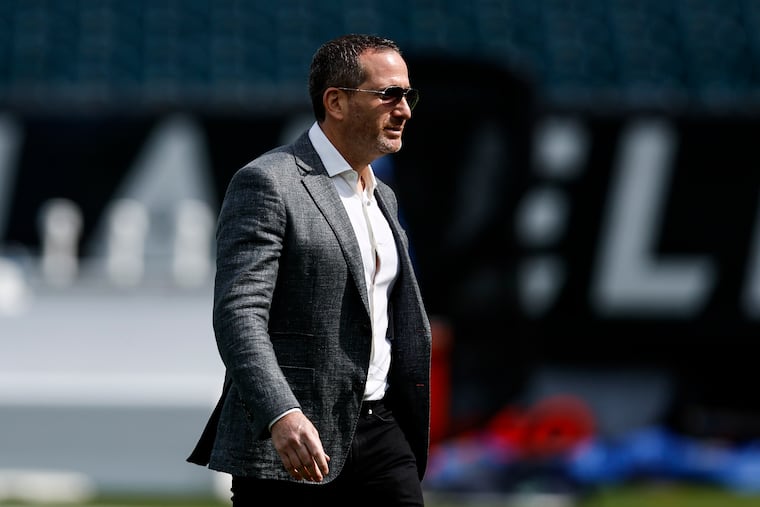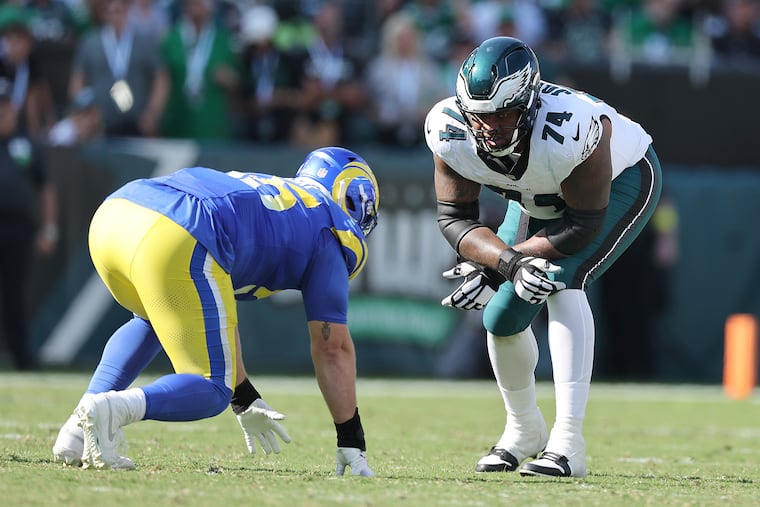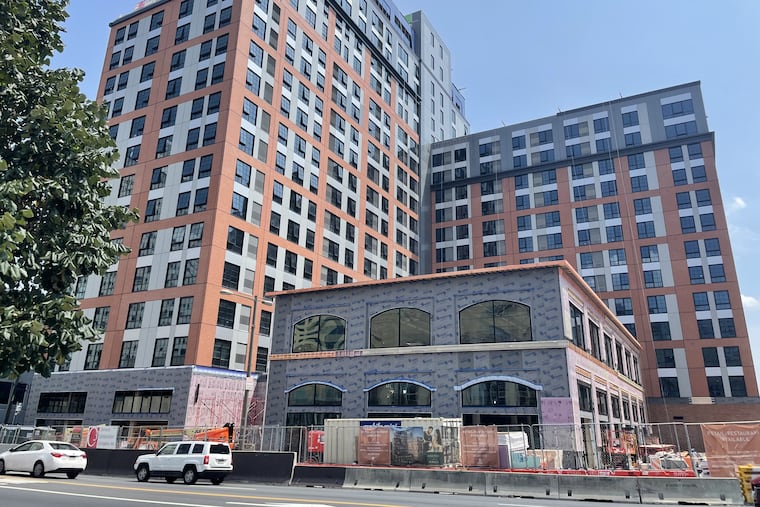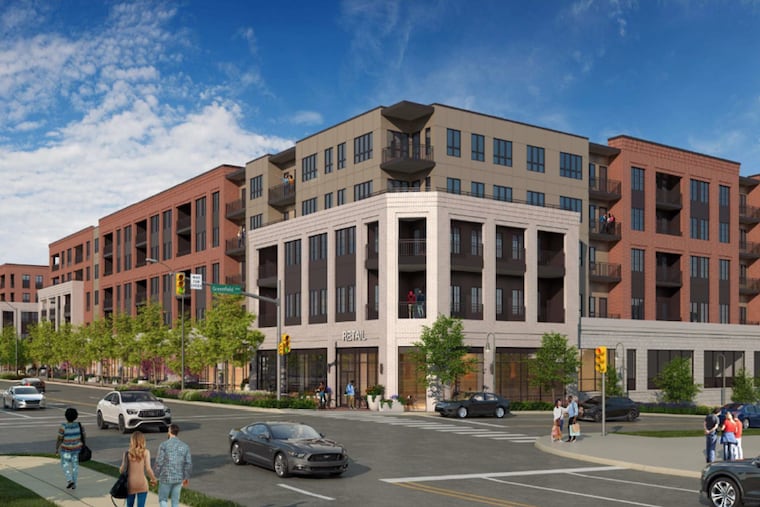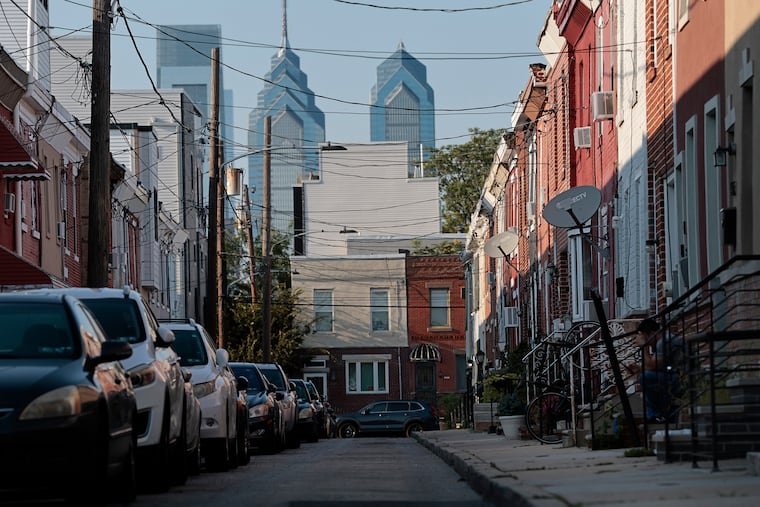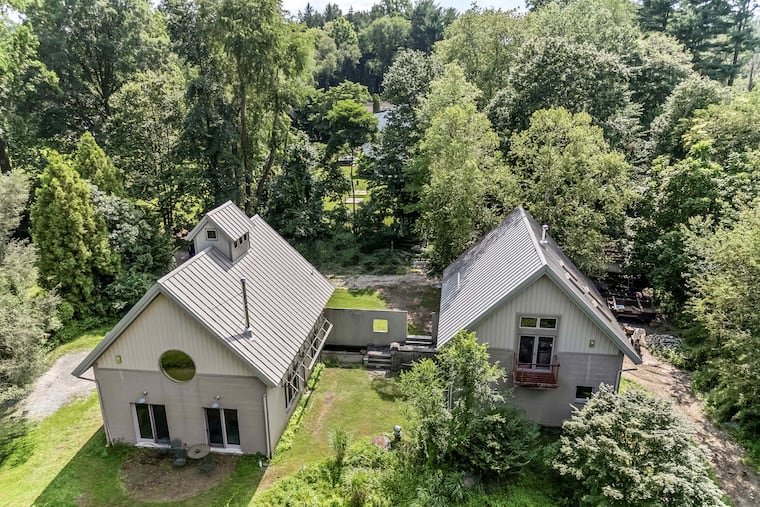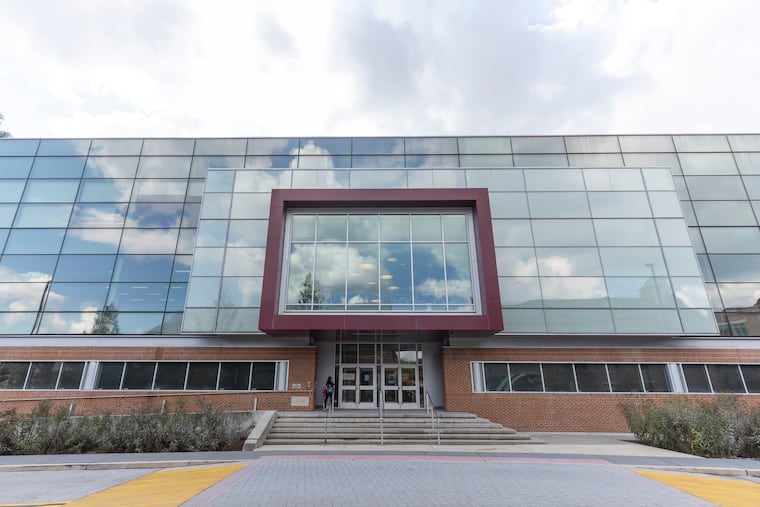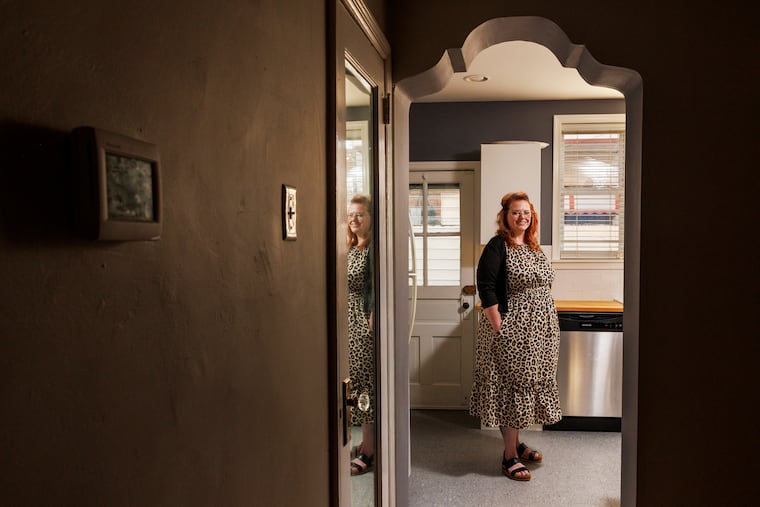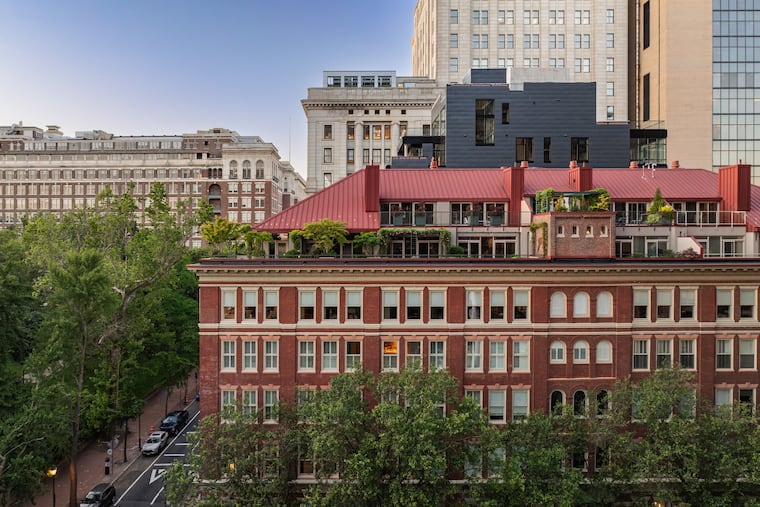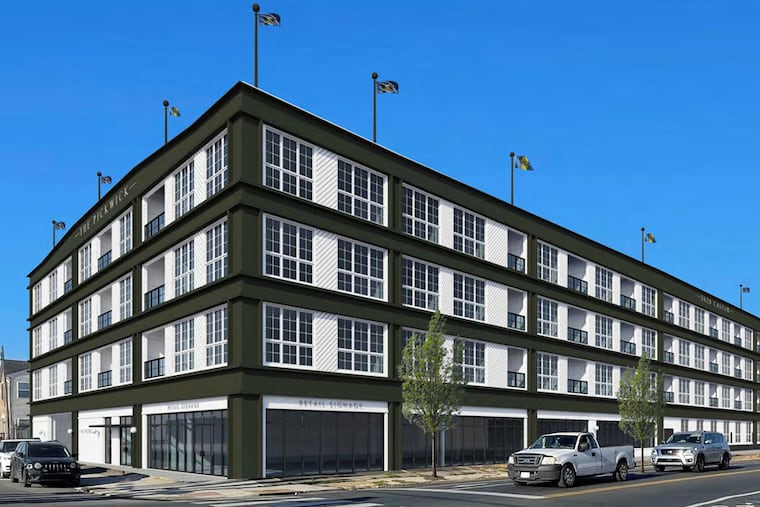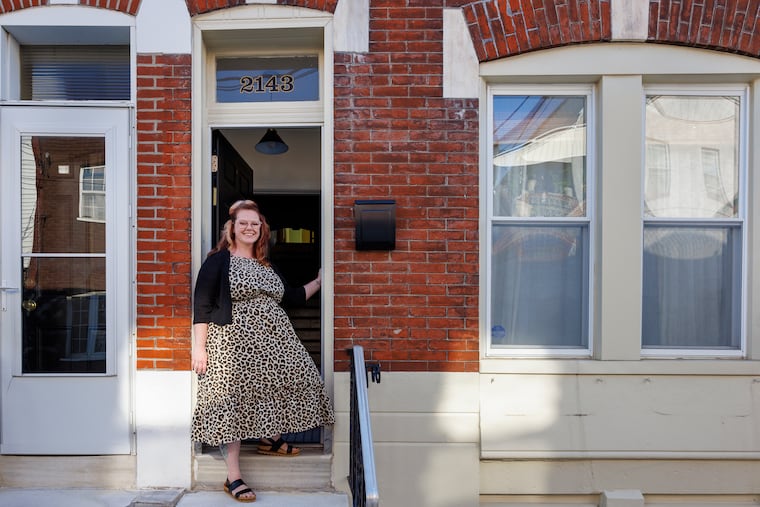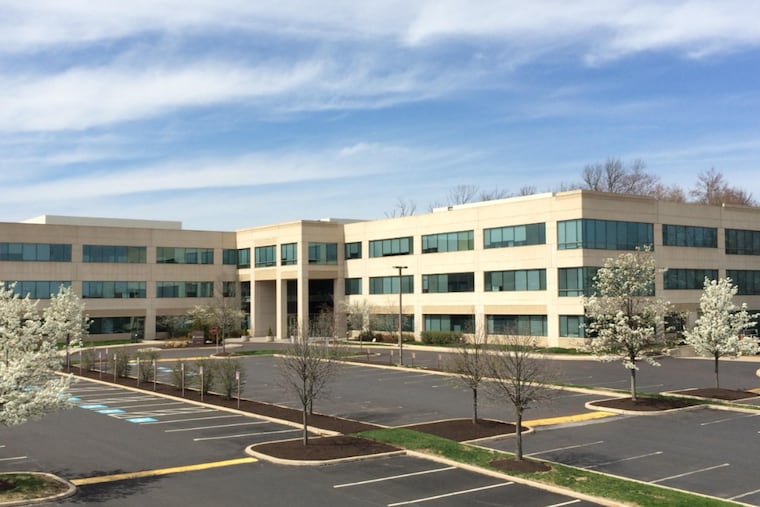How will the economy, home prices, and the new tax abatement affect Philly in 2020? Experts weigh in.
Philadelphia's real estate market saw a lot of change in 2019. Will that continue into 2020?
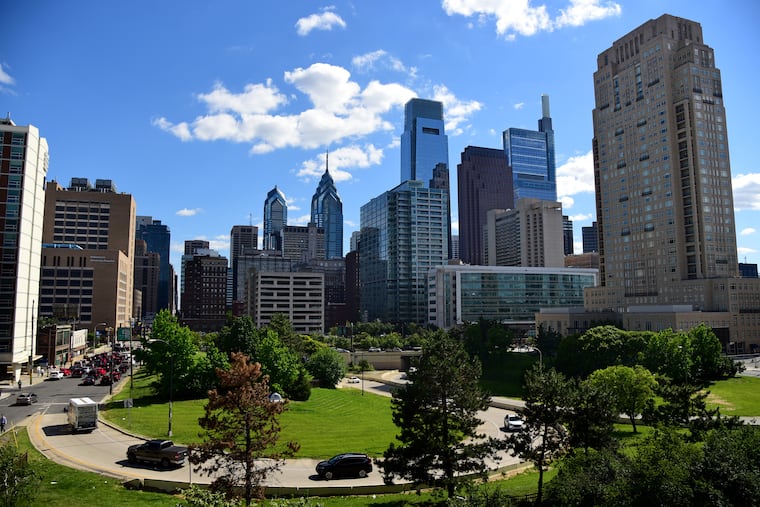
Well, Philadelphia, the real estate market had quite the year in 2019.
The city welcomed the Comcast Technology Center, now the tallest tower in Philadelphia’s skyline, and renovations started at Schuylkill Yards, the massive West Philadelphia development project backed by Brandywine Realty Trust. City Council took on real estate issues, too, voting to strengthen the rights of evicted tenants, to amend the controversial 10-year tax abatement, and to add modest protections for historic buildings.
Nevertheless, 2019 was also a year of difficulty for real estate, as properties collapsed from construction accidents, gentrification concerns swelled, and prized buildings faced demolition. Homes were stolen, rent prices grew, and Philadelphia residents struggled to find affordable housing.
So what does this mean for Philadelphia in 2020? The Inquirer surveyed local and national economists, policy experts, and city officials to compile predictions for residential real estate this year. Here are their answers.
1. The U.S. economy won’t see a big recession
Concerns surrounding a U.S. recession rose throughout the summer, as the country’s trade war with China escalated, sending ripples across the economy. The U.S. stock market experienced weeks of volatility. Farming and manufacturing slumped. And central banks worldwide cut interest rates to help stave off a downturn.
Yet despite the warning signs that were flashing months ago, the economy seemed to stabilize by 2019′s end, as job growth exceeded expectations, consumers kept spending, and the U.S. and China reached a tentative trade deal. As a result, the Federal Reserve declined to cut rates in December and economists lowered their expectations for a near-term recession. At a December summit held by the National Association of Realtors (NAR), 14 economists said that the probability of a 2020 recession was 29%. That same month, 53 forecasters surveyed by the National Association for Business Economics agreed, predicting a 21% chance of a recession starting in the first half of 2020, with the possibility rising to 43% by 2021.
Still, the lack of a 2020 recession does not necessarily mean that the economy will be firing on all cylinders. Some economists expect unemployment to tick up and the economy to expand at a slower rate. But if a recession were to occur, economists say, it would likely be caused by the trade war’s fallout — rather than from the kinds of financial bubbles that created previous recessions.
As a result, economists predict that the next recession, whenever it starts, may be shorter than previous downturns and will affect housing less — especially in Philadelphia. The city’s real estate market tends to be comparatively less volatile, meaning the market doesn’t usually rise as high as its peers during boom times or fall as hard when the market crashes.
“Home values will stay on much firmer ground if we go into a recession,” said Lawrence Yun, NAR’s chief economist, during the group’s December summit. Yun added that buyers who borrow for mortgages today are far more financially secure than a decade ago and that the U.S. is not facing the oversupply of homes that it did in the mid-2000s. Those factors mean that any recession will likely not send the local housing market spiraling — but instead could help cool record-high prices and provide some relief to shoppers.
“The fundamentals are much stronger in the housing market right now,” said Jeff Tucker, a Zillow economist. “We expect demand to stay strong for home purchases.”
2. Housing inventory will struggle
In December 2010, as the nation reeled from the Great Recession, Philadelphia saw more than 10,000 single-family homes hit the market.
Only 601 — about 5.8% — sold that month.
At the time, Philadelphia was experiencing a glut of housing supply, as the market grappled with a spike in foreclosure filings and extra inventory from a mini 2000s building boom. Many residents found themselves too financially strapped to move or purchase homes. Properties sat on the market for twice as long as usual.
Today, Philadelphia’s housing market looks nothing like it did a decade ago, as the city grapples with some of the lowest numbers of for-sale homes on record. In October, just 3,926 single-family homes were listed and more than 1,000 were purchased. Many would-be buyers struggled to find homes amid the competition.
A housing market is measured, in part, by “months supply of inventory,” meaning that if no new homes are listed on the market, it would take that many months to sell all that is available. Healthy inventory is considered five to seven months. In October, Philadelphia had 3.7 months of inventory — seller’s market territory.
Economists expect Philadelphia’s low inventory to persist into 2020 — especially as more millennials seek to transition from renting to homebuying. Inventory will be further exacerbated by a growing Center City population, high home prices that make it difficult to afford downsizing or trading up, and a large percentage of investor ownership that has turned single-family homes into rentals.
Some policymakers have pushed to combat nationwide inventory problems by advocating for zoning reform that encourages density, or the creation of policies that make homebuilding easier.
But until that happens, Yun said, “low inventory means less mobility.”
“Homeowners are doing well with housing equity gains,” Yun continued. “But if you have an inventory shortage, it makes it more difficult for renters to become homeowners.”
3. New construction will surge as developers scramble to beat abatement deadline
In December, City Council voted to amend the controversial 10-year tax abatement after years of pressure from residents who saw it as a gentrification accelerator that took money from public schools. Developers, in contrast, viewed the abatement as a necessary subsidy that made it financially possible to get projects off the ground.
The approved change reduces the tax abatement by 10 percentage points each year it is in effect, offering a 100% tax break for the first year, 90% for the second, and so on. The change will take effect Dec. 31, 2020.
Several policymakers and city officials said they believe the change could lead to a robust building boom in 2020, as developers scramble to start building so that their projects can qualify for the full abatement as it is currently structured.
“We anticipate that there will be an uptick in developers applying and builders applying for permits over the next year because of the changes in the abatement,” said Anne Fadullon, the city’s director of planning and development.
That, according to Paul Levy, president and CEO of the Center City District, “will probably produce some modest oversupply, more than what would normally come to the market in one year.”
Still, officials said they do not believe that the extra building will create more than the market can handle, especially if Philadelphia’s population continues to grow. More construction of single-family homes could provide some relief to the city’s tight inventory situation. But experts say it’s important for that construction to be targeted to low- and middle-income residents, who have largely been overlooked by the recent construction boom.
Local officials are also expecting more apartment construction, a segment of the market that has not faced the same inventory challenges as single-family homes. According to Barbara Byrne Denham, a senior economist at REIS, an analytics firm owned by Moody’s, the vacancy rate for apartments in Center City was about 7.7% in the third quarter. Any extra supply going forward in 2020, experts said, could help modestly dampen local rent growth.

4. Mortgage rates will stay low — but it might not make a difference
The average rate on the 30-year fixed mortgage started 2019 hovering near 4.5%, with many economists predicting that rates would go higher throughout the year. Instead, as 2019 progressed, the average rate dropped below 4%, ending the year near 3.74%.
Lower mortgage rates in 2019 should have, in theory, made it less expensive to purchase a home, keeping buyers in the market and increasing competition (and, in turn, increasing prices). And while Philadelphia did see home sales in 2019 carry on with some strength, the city also saw its homeownership rate continue to trend down.
Compared with the 1980s — when the average 30-year mortgage rate peaked above 18% — U.S. mortgage rates have been low, hovering below 5% since 2009. That drop came courtesy of the Federal Reserve’s plan amid the Great Recession to force rates lower to help spur the economy. Ever since, the 30-year mortgage rate has remained about 3% or 4%. Economists expect the rate to stay similar in 2020.
“Right now our forecast is for a very slight increase in mortgage rates over the next two years, [with] rates topping out around 4% in 2022,” said Joel Kan, a Mortgage Bankers Association economist. “Even though the endpoint doesn’t seem a whole lot higher ... we will probably see a few more spikes and dips along the way.”
Kan said that stagnant mortgage rates in 2020 will be the result of sluggish economic growth, combined with uncertainty over the trade war and geopolitical issues. Tucker, from Zillow, agreed: “Economic weakness keeps mortgage rates lower.”
For housing, continued low rates will be good for current homeowners, who can refinance. (Refinance activity was strong in 2019.) But for new home shoppers, economists say, it’s unclear what the impact of similar rates will be — in part because consumers have become accustomed to low rates.
“The response rate is a lot lower now,” Kan said. “A lot of people have held onto these low-rate mortgages from previous cycles.”
- Eagles news: Birds address kick return issues; Howie Roseman goes viral; Philly called Shedeur Sanders on draft day
- NFL Week 3: More Tush Push controversy coming; Nick Sirianni shields Kevin Patullo, A.J. Brown
- Bernie Parent, legendary Flyers goalie who brought Philadelphia its only two Stanley Cups, has died at 80
- What happens if you skip jury duty in Philly
- The Philly spots in ‘Task’ episode two, mapped

